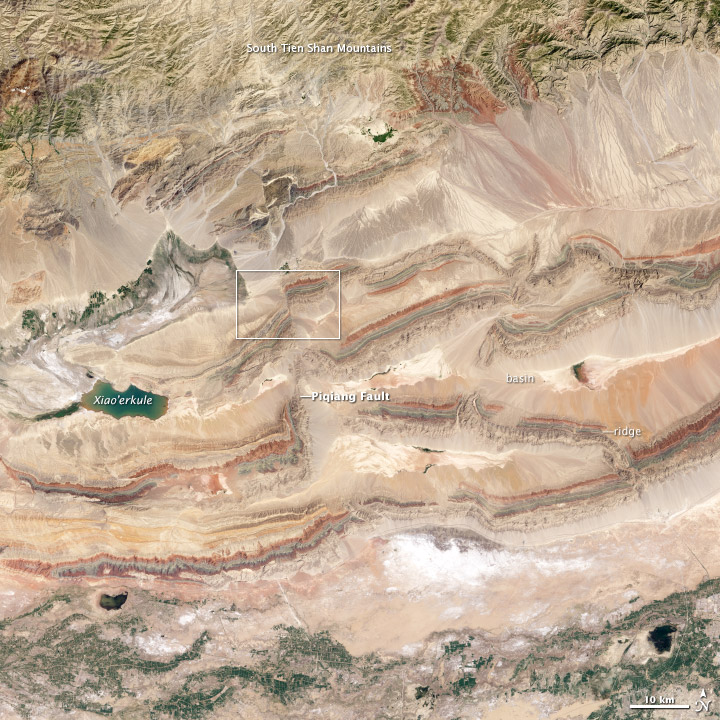gcthomas
New member
It wasn't a local effect. It was a worldwide effect based on the magnetic field of the earth's core on the first band.
That sounds rather contrived, Yorz.
Do you want another try?
It wasn't a local effect. It was a worldwide effect based on the magnetic field of the earth's core on the first band.
Plate Tectonics crumble: "The plates are 30 miles thick or thicker. A 30 mile thick plate cannot subduct under another 30 mile thick plate--it would create a 30 mile high cliff. The highest cliffs on Earth can get is 5 miles befreo the rock under it crush."
| Current plate movement can be tracked directly by means of space-based geodetic measurements; geodesy is the science of the size and shape of the Earth. Because plate motions are global in scale, they are best measured by satellite-based methods. The late 1970s witnessed the rapid growth of space geodesy, a term applied to space-based techniques for taking precise, repeated measurements of carefully chosen points on the Earth’s surface separated by hundreds to thousands of kilometers. The Global Positioning System (GPS) has been the most useful for studying the Earth’s crustal movements. By repeatedly measuring distances between specific points, geologists can determine the movement along faults or between plates. The separations between GPS sites are already being measured regularly around the Pacific basin. By monitoring the interaction between the Pacific Plate and the surrounding mostly continental plates, scientists are learning more about events that build up to earthquakes and volcanic eruptions in the circum- Pacific “Ring of Fire”. Space-geodetic data have already confirmed that the rates and directions of plate movements, averaged over several years, compare well with rates and directions of plate movements averaged over millions of years. |
| Scientists are able to calculate average rates of tectonic plate movement for a given time period. These rates of movement range widely. For example, the rate of spreading at the Mid-Atlantic Ridge near Iceland is relatively slow, about 2.5 centimeters (1 inch) per year...The fastest known rate of plate movement, 15 centimeters (6 inches) per year, occurs on the East Pacific Rise in the South Pacific. |

